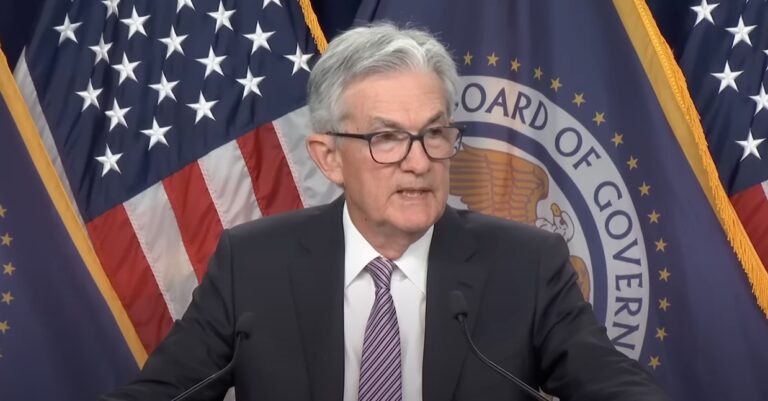On Tuesday, Federal Reserve Chair Jerome Powell indicated that interest rate cuts might be postponed longer than initially expected due to ongoing high inflation readings. Speaking at a panel alongside Bank of Canada Governor Tiff Macklem at the Wilson Center in Washington, Powell highlighted the unexpected continuation of high inflation rates and suggested that the Federal Reserve would maintain higher interest rates until there is more evident progress towards their 2% inflation target.
According to a report by Bloomberg, Powell’s comments come after U.S. inflation data continued to exceed analysts’ expectations for the third consecutive month, undermining the confidence that policymakers had started to build.
As you may already know, on April 10, the U.S. Bureau of Labor Statistics reported that the Consumer Price Index for All Urban Consumers (CPI-U) increased by 0.4 percent in March, mirroring the rise seen in February. Over the last year, this index has ascended by 3.5 percent without seasonal adjustments.
The primary contributors to March’s increase were the shelter and gasoline indexes, which together accounted for over half of the overall index’s rise. During the month, the energy index went up by 1.1 percent, and the food index saw a modest rise of 0.1 percent. Notably, prices for food consumed at home remained unchanged, while dining out costs rose by 0.3 percent.
The core CPI, which excludes food and energy, also experienced a 0.4 percent increase in March, maintaining the growth rate observed in the prior two months. Areas of increase included shelter, motor vehicle insurance, medical care, apparel, and personal care, whereas prices for used cars and trucks, recreation, and new vehicles saw declines.
Annually, the all-items index has recorded a 3.5 percent rise for the 12 months ending in March, a slight uptick from the 3.2 percent increase noted in the earlier period. The core index, excluding food and energy, increased by 3.8 percent over the same period. Energy prices marked a 2.1 percent increase, their first annual rise since February 2023, and food prices have escalated by 2.2 percent over the past year.
Powell emphasized that the recent data does not provide grounds for increased confidence and instead suggests that it will take longer than anticipated to stabilize inflation at the desired level.
“The recent data have clearly not given us greater confidence and instead indicate that it is likely to take longer than expected to achieve that confidence,” Powell remarked, stressing the importance of letting the restrictive policy continue to exert its influence for a while longer. He advocated for patience, proposing that the Federal Reserve allow more time for its policies to take effect and base future decisions on incoming data and evolving economic outlooks.
The Bloomberg report says that this cautious approach marks a shift in Powell’s stance, reflecting a reaction to persistent inflationary pressures that suggest a need for ongoing restrictive monetary policy. It also mentioned that this viewpoint aligns with the sentiments of other Federal Reserve officials who have expressed concerns over the economic data pointing towards sustained price pressures.
Kathy Bostjancic, chief economist at Nationwide Mutual Insurance Co., told Bloomberg News that Powell’s statements have reinforced the market’s existing expectations, which had already begun to price in fewer rate cuts based on the economic indicators. “Their confidence has been shaken,” Bostjancic said, acknowledging the impact of Powell’s confirmation on market sentiment.
The reassessment of the rate cut timeline has led to an increase in Treasury yields, with the two-year note yield briefly surpassing 5%, reaching its highest level since November. This rise in yields reflects the market’s anticipation that the Federal Reserve may not be as quick to reduce rates as previously thought.
According to Bloomberg, recent labor market reports and retail sales figures have exceeded expectations, further underscoring the robustness of the U.S. economy. The U.S. economy added over 300,000 jobs in March, the most in nearly a year, while retail sales also surpassed forecasts. These indicators of economic strength coincide with renewed inflationary pressures, complicating the path toward the Fed’s inflation objectives.
As usual, high yields on US Treasury notes are not good news for risk-on assets, such as cryptocurrencies, and so perhaps it is not surprising to see Bitcoin is currently (as of 5:47 p.m. UTC on 17 April 2024) trading at $60,724, down 2.9% in the past 24-hour period even though the Bitcoin halving event is expected in less than three days.
Of course, the main problem right now for Bitcoin is the recent slowing down of flows into US-listed spot Bitcoin ETFs:
Read the full article here









